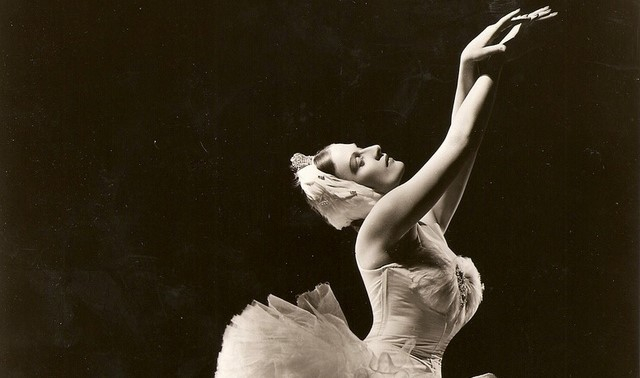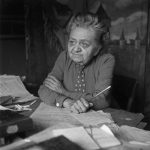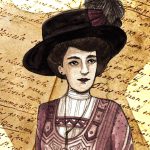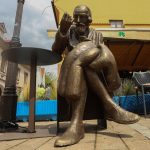January the 10th, 2024 – Croatia has produced many great names over the centuries, and a lot of them are women. As Nikolina Demark writes, there are plenty of Croatian women you should absolutely know about.
Artists, performers, freedom fighters: history boasts many exceptional Croatian women. In a time when a woman’s role in society was mostly limited to that of a dutiful wife and mother, these fierce females boldly defied social norms, mastering their respective crafts, standing for their beliefs and sharing their talents with the world.
Ivana Brlić-Mažuranić (1874 – 1938)
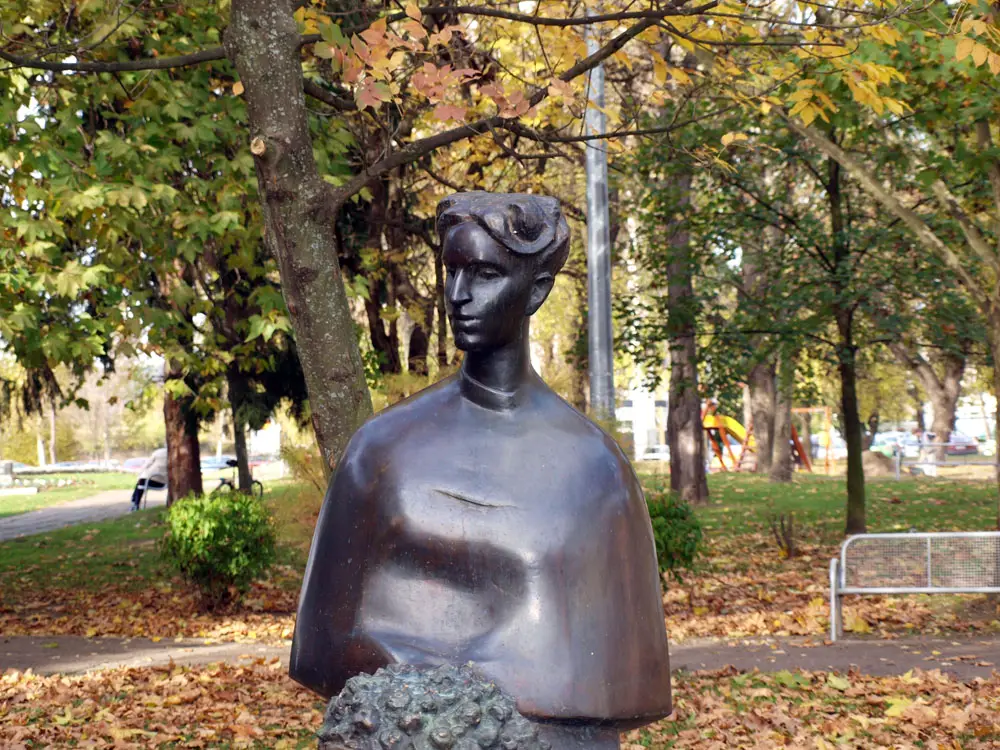
Dubbed the Croatian Hans Christian Andersen, Ivana Brlić-Mažuranić rose to fame as one of the most popular Croatian writers for children.
Born to a noble family in Zagreb, Brlić-Mažuranić first tried her hand at writing educational essays and poetry. It wasn’t until 1913 that she captivated the public with a novel entitled The Marvellous Adventures and Misadventures of Hlapić the Apprentice (Croatian: Čudnovate zgode šegrta Hlapića), which quickly became one of the most loved books of children’s literature in Croatia and has retained its status to this day.
Her other best known work followed several years later: Croatian Tales of Long Ago (Croatian: Priče iz davnine), a collection of imaginative fairy tales rooted in Slavic mythology and folklore.
Among the famous Croatian women of the literary world, Brlić-Mažuranić was nominated for the Nobel Prize for Literature four times in a single decade. She was also the first woman to be accepted into the Croatian Academy of Sciences and Arts as a corresponding member.
Slava Raškaj (1877 – 1906)
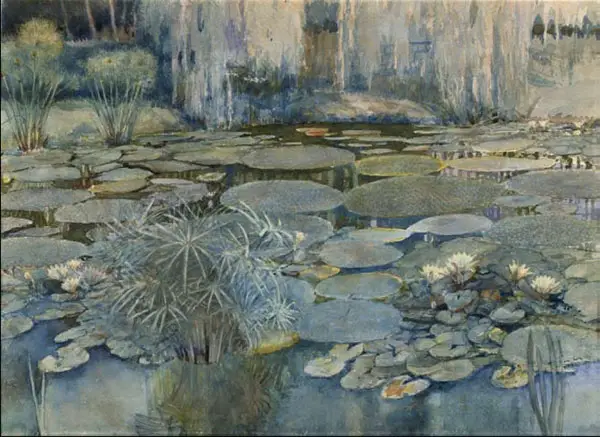
Slava Raškaj was a renowned Croatian painter, remembered as our greatest watercolorist of the late 19th century.
Deaf-mute since birth, Raškaj spent her childhood in Ozalj and was sent to a school for the deaf in Vienna at the age of eight. That’s where she first learned to draw, later going on to master the watercolour technique she’d become known for.
Her artistic talent was recognised by a local teacher who encouraged her to seek a mentor after she returned to Croatia at the age of sixteen. Turned down by Vlaho Bukovac who was simply too busy at the time, she started training under the renowned painter Bela Čikoš Sesija in Zagreb.
Raškaj soon embraced plein air painting, capturing outdoor scenes and landscapes in her ethereal watercolours. Her work was exhibited in Zagreb, Paris, Moscow and Saint Petersburg, and ranks among the best in Croatian art.
Nada Dimić (1923 – 1942)
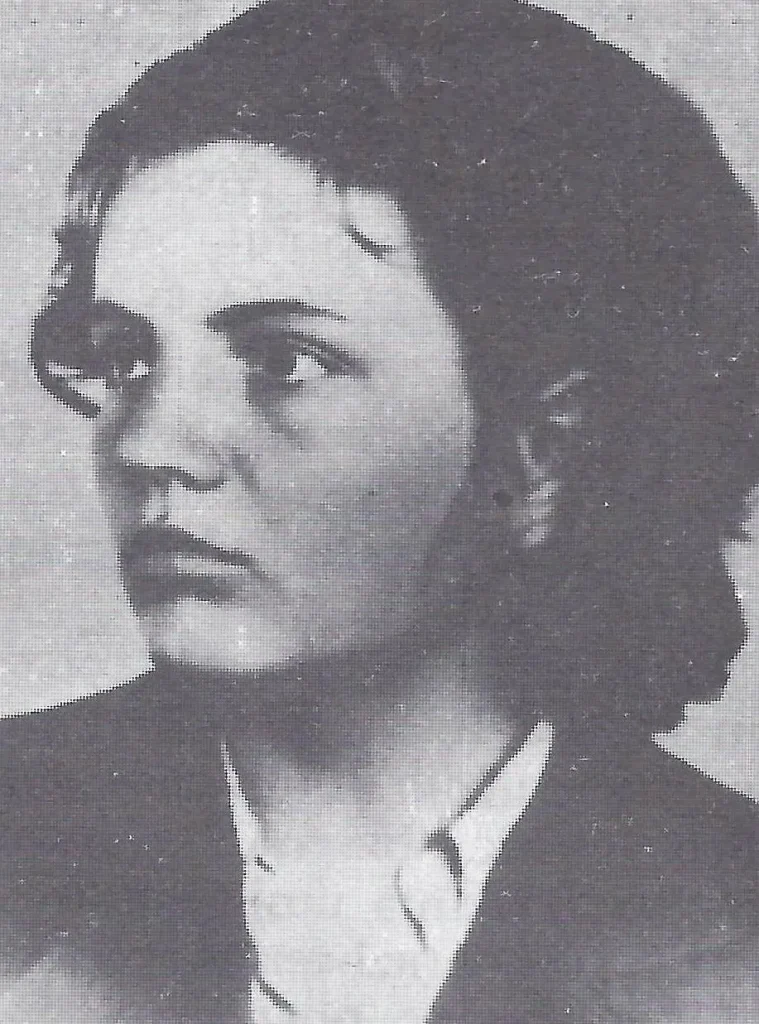
Nada Dimić was a national heroine who fought with the Yugoslav Partisans in WWII.
Between the ages of 16 and 18, Dimić joined the Communist Youth and the Communist Party of Yugoslavia, joined the partisans as their first notable female member, took on special assignments, worked as an undercover agent, and coordinated partisan actions in Sisak and Karlovac.
During that time, she was captured by the Ustasha and incarcerated on several occasions. In 1941, Dimić was imprisoned in Zagreb for two months, never revealing her real name despite all the torture and interrogation she was forced to endure. She was then sent to Stara Gradiška concentration camp, where she was murdered at the age of 18.
After the war, Dimić was posthumously declared a People’s Hero of Yugoslavia. Streets, schools and factories were named after the fearless heroine, including a famous textile factory in Zagreb (closed in 2000).
Dragojla Jarnević (1812 – 1875)
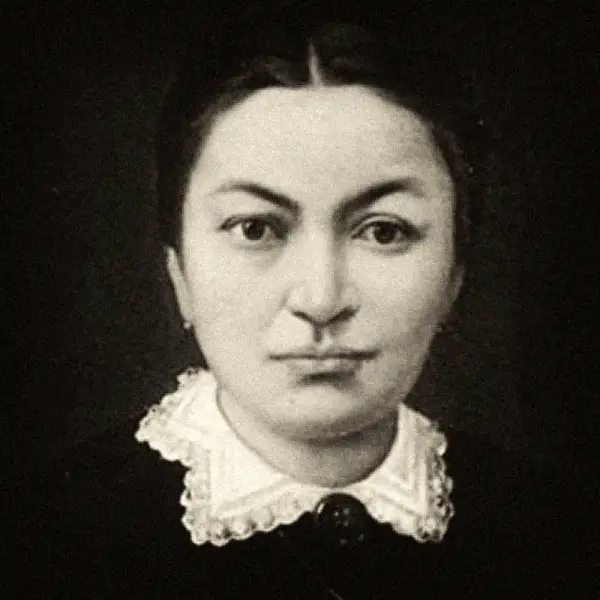
Dragojla Jarnević was a poet, teacher and a fierce patriot, remembered as one of the most notable members of the Croatian national revival movement.
Jarnević wrote and published impassioned patriotic poems and essays, but her most famous literary work is a personal diary she kept between 1838 and 1874. In over 1,200 pages of autobiographical notes, she also recorded her personal opinions of her contemporaries and various political events.
A lesser known fact about Jarnević is that she’s considered to be the first female mountaineer and rock climber in Croatia. In 1843, she famously climbed the Okić peak from the southern, steeper side of Plešivica mountain without any mountaineering gear. The trail was later named Dragojla in her honour.
Marija Jurić Zagorka (1873 – 1957)
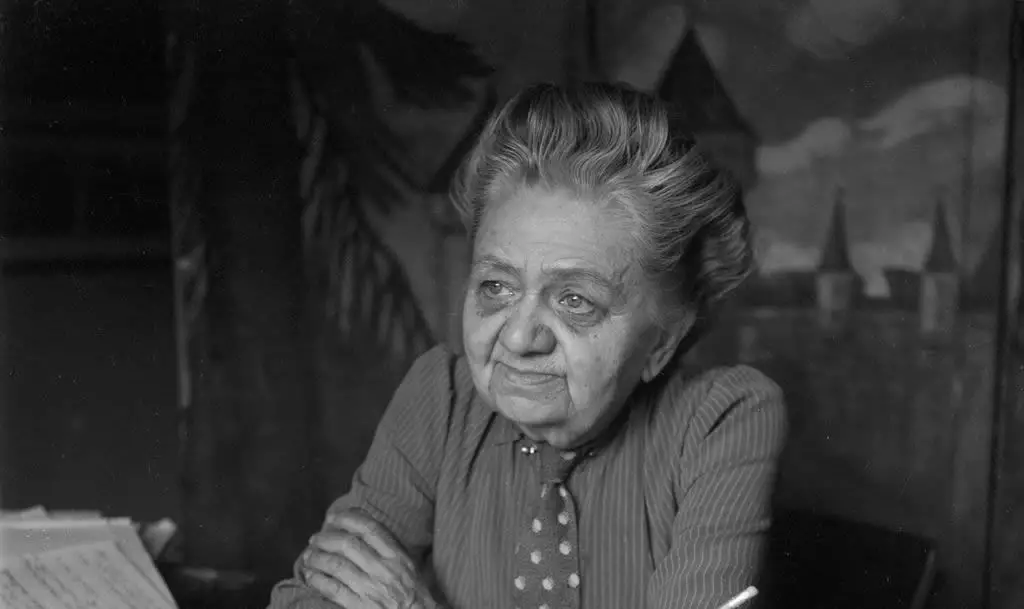
Widely known by her pen name Zagorka, Marija Jurić was the first Croatian female journalist and one of the most read Croatian writers.
Zagorka was a patriot, feminist and activist who wrote for numerous papers and journals, including a few she herself established. As a reporter, she covered major political events in the region; she was also a relentless advocate of women’s rights and toured the region holding public lectures on the subject.
She’s an author of two dozen novels, including Gordana, the longest novel in the history of Croatian literature that counts over 9000 pages in 12 volumes. Her fiction, best described as a blend of Croatian history, adventure and romance, made her extremely popular with the readership.
Even though 11 of her novels (in Croatian) are kept at the Library of Congress in the US, none of her work has ever been translated into English.
Dora Pejačević (1885 – 1923)

Born into the famous noble family from Slavonia, countess Dora Pejačević grew to become one of the most renowned Croatian composers of all time.
As the family were known as distinguished patrons of the arts, especially music, the countess was encouraged to nurture her music talent from an early age. She first received piano lessons from her mother, and even though she went on to study music in Zagreb, Dresden and Munich, she is thought to be mostly self-taught.
Pejačević composed the first modern symphony in Croatian music (Symphony in F-sharp minor), and is known as the author of the first Croatian piano concerto.
Mia Čorak Slavenska (1916 – 2002)
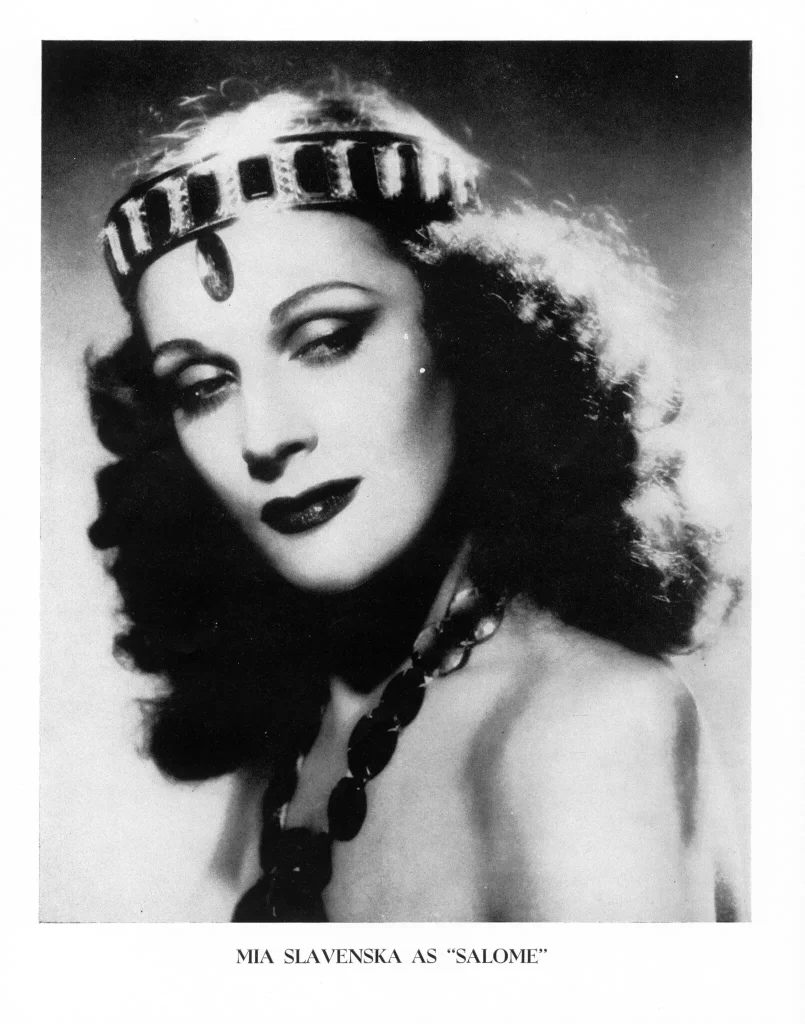
Mia Čorak Slavenska was the first Croatian dancer to ever become a prima ballerina – and arguably the greatest Croatian-born ballet dancer of all time.
Čorak trained from an early age, first taking the stage when she was five years old; at thirteen, she was already performing as a soloist. She took on the pseudonym Slavenska after she moved to Paris in the 1930s, where she soon joined the Ballet Russe de Monte Carlo.
In the 40s, Slavenska moved to the US where she continued to dance principal roles, touring with smaller ballet troupes. After she retired as a performer, she went on to work as a reputable teacher and choreographer in New York and LA.
Milka Trnina (1863 – 1941)
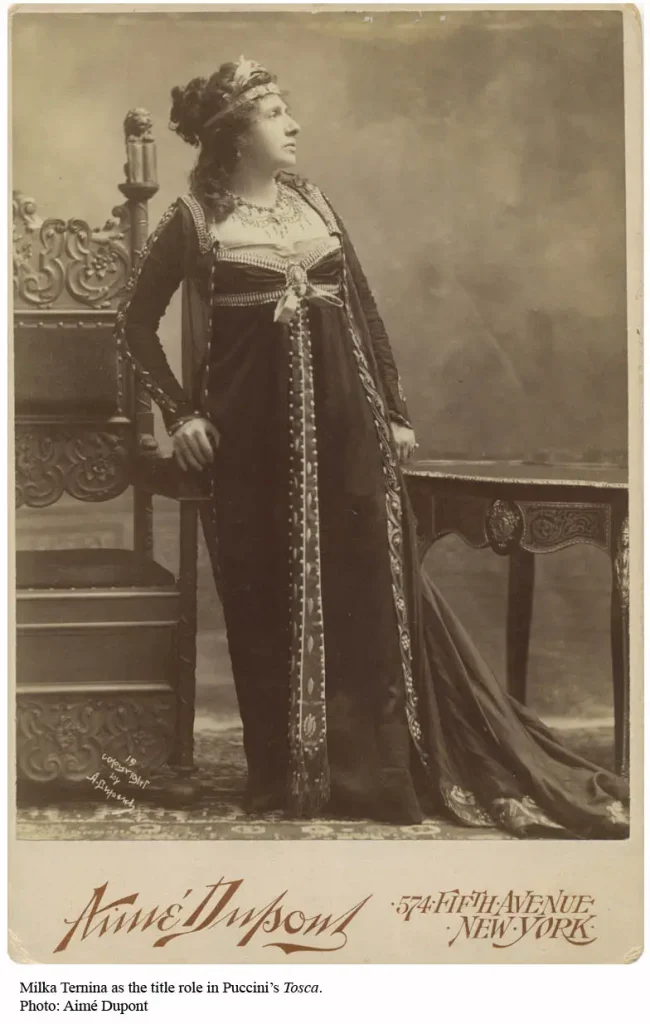
Milka Trnina was a renowned opera singer who gained international fame performing in major opera houses all over Europe and the US, including the Metropolitan Opera in New York.
Trnina studied in Zagreb and Vienna, then went on to perform as a dramatic soprano in Leipzig, Graz, Bremen and Munich, over time gaining a reputation of an exceptional interpreter of Wagner and Puccini. She appeared at the Royal Opera House in Covent Garden in several roles, and debuted at the Met in 1900.
After Puccini himself attended one of her performances in London and described her interpretation of Tosca as ideal, Trnina’s reputation was solidified as the most distinguished exponent of this particular title role.
Her career was cut short by an attack of facial paralysis which prevented her from maintaining her exceptional level of performance. Trnina thus retired from professional singing at the peak of her fame and moved into a teaching role, her best known pupil being Zinka Milanov who’d follow in her mentor’s footsteps and also appear at the Met.

